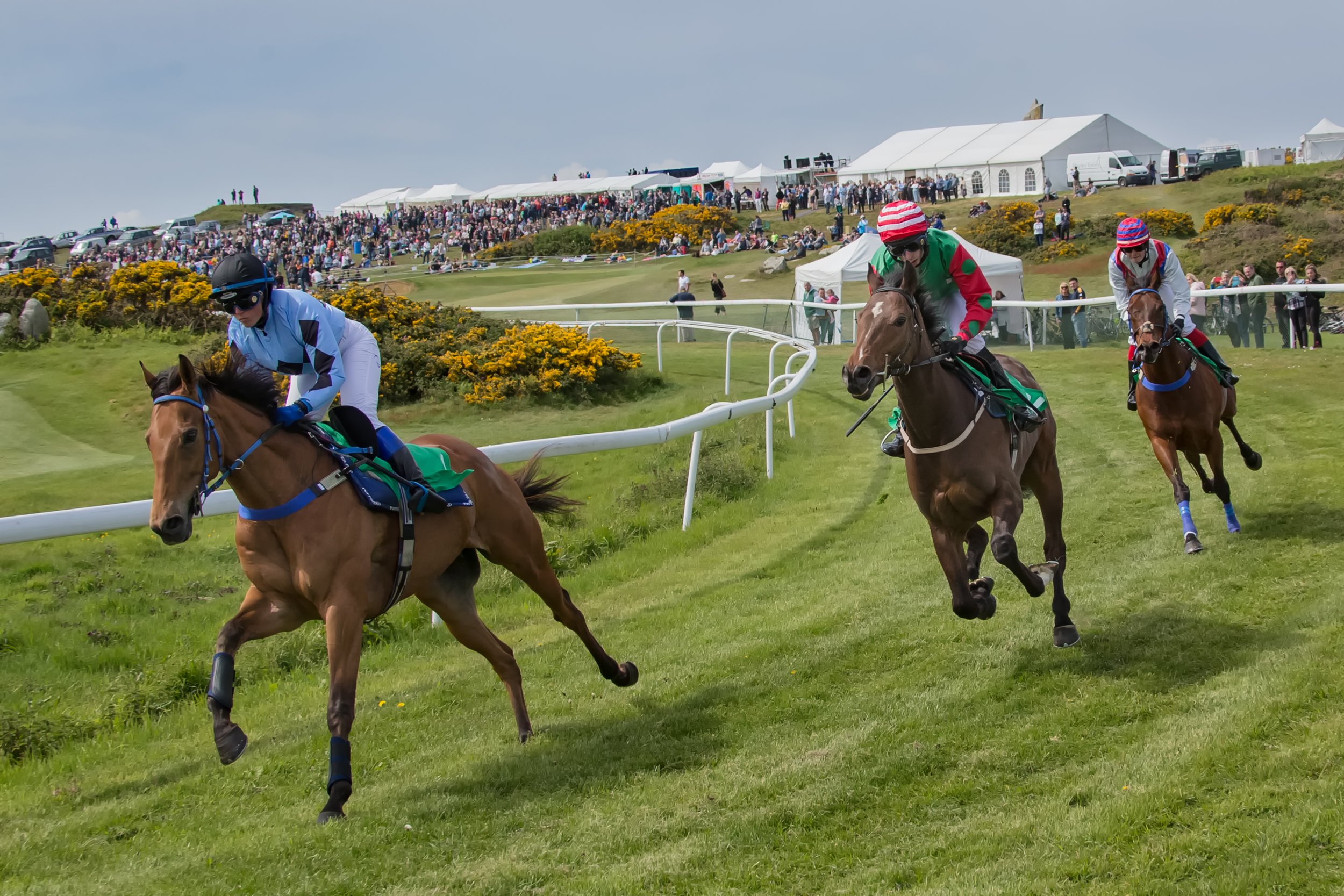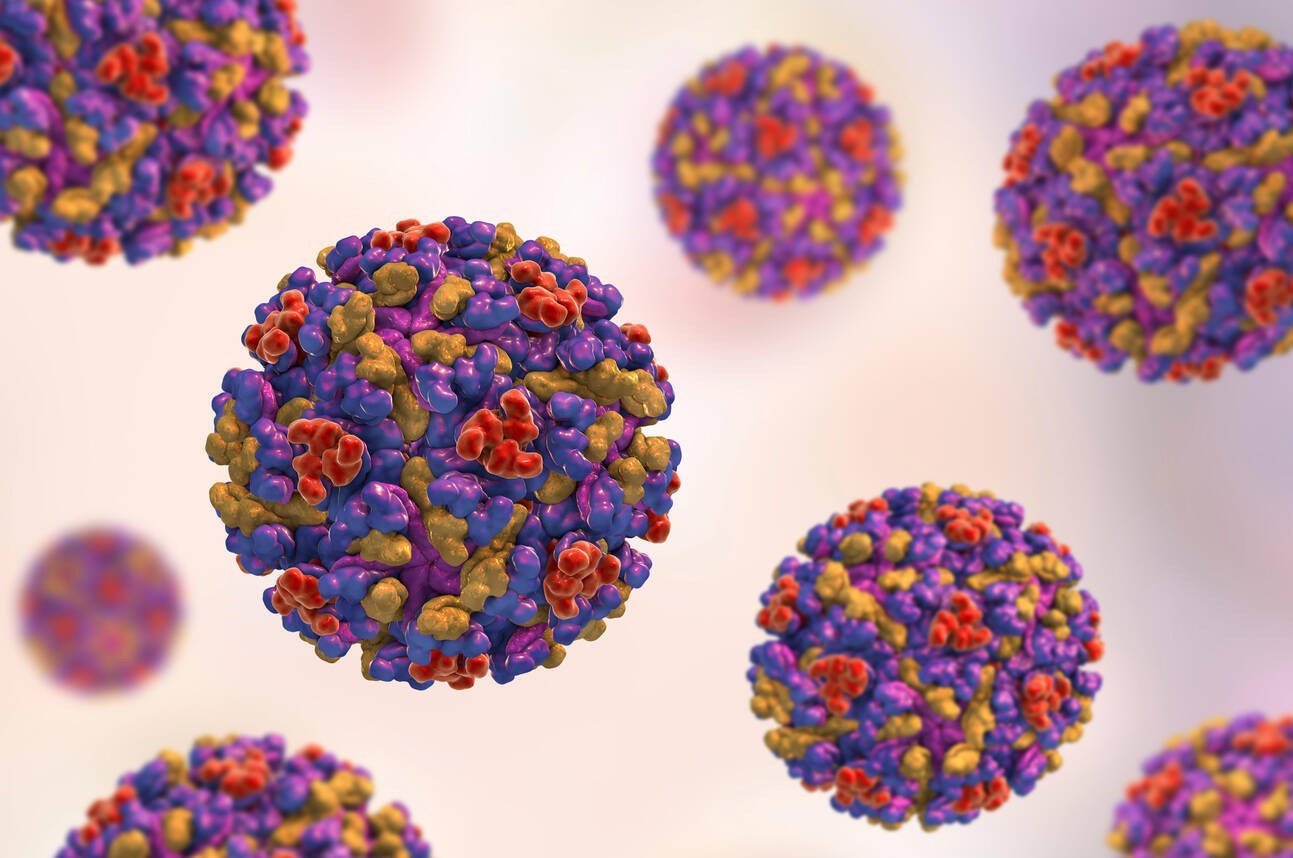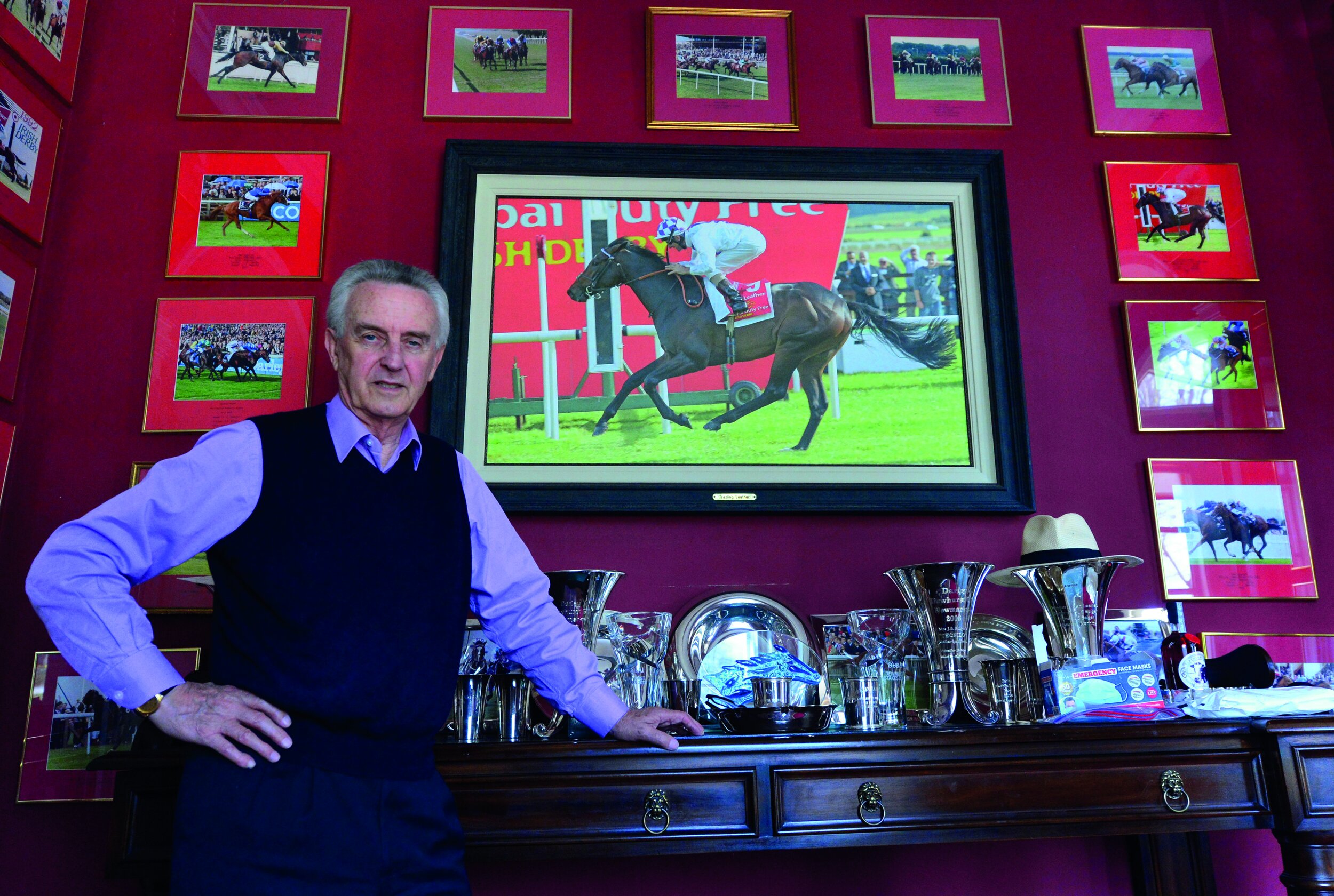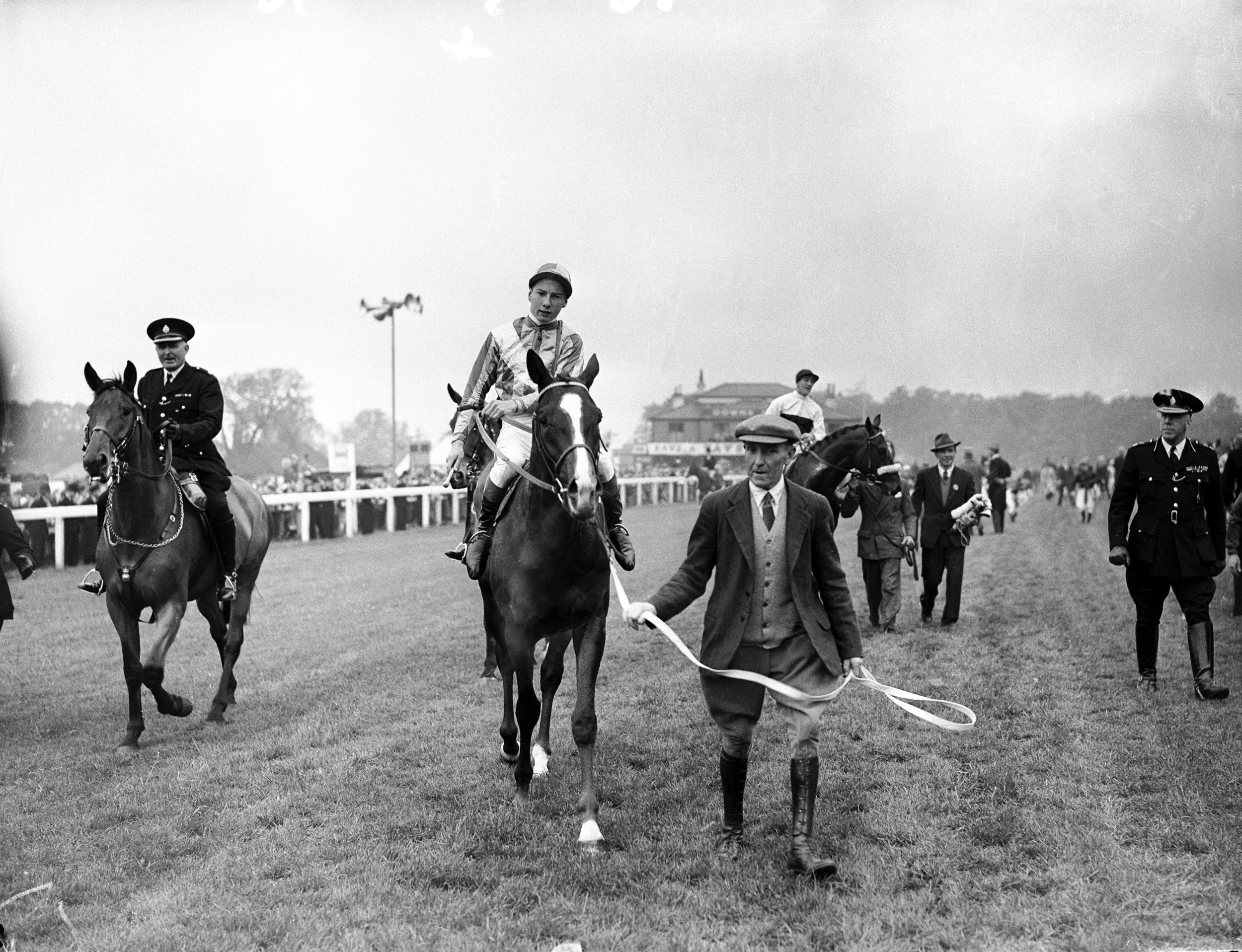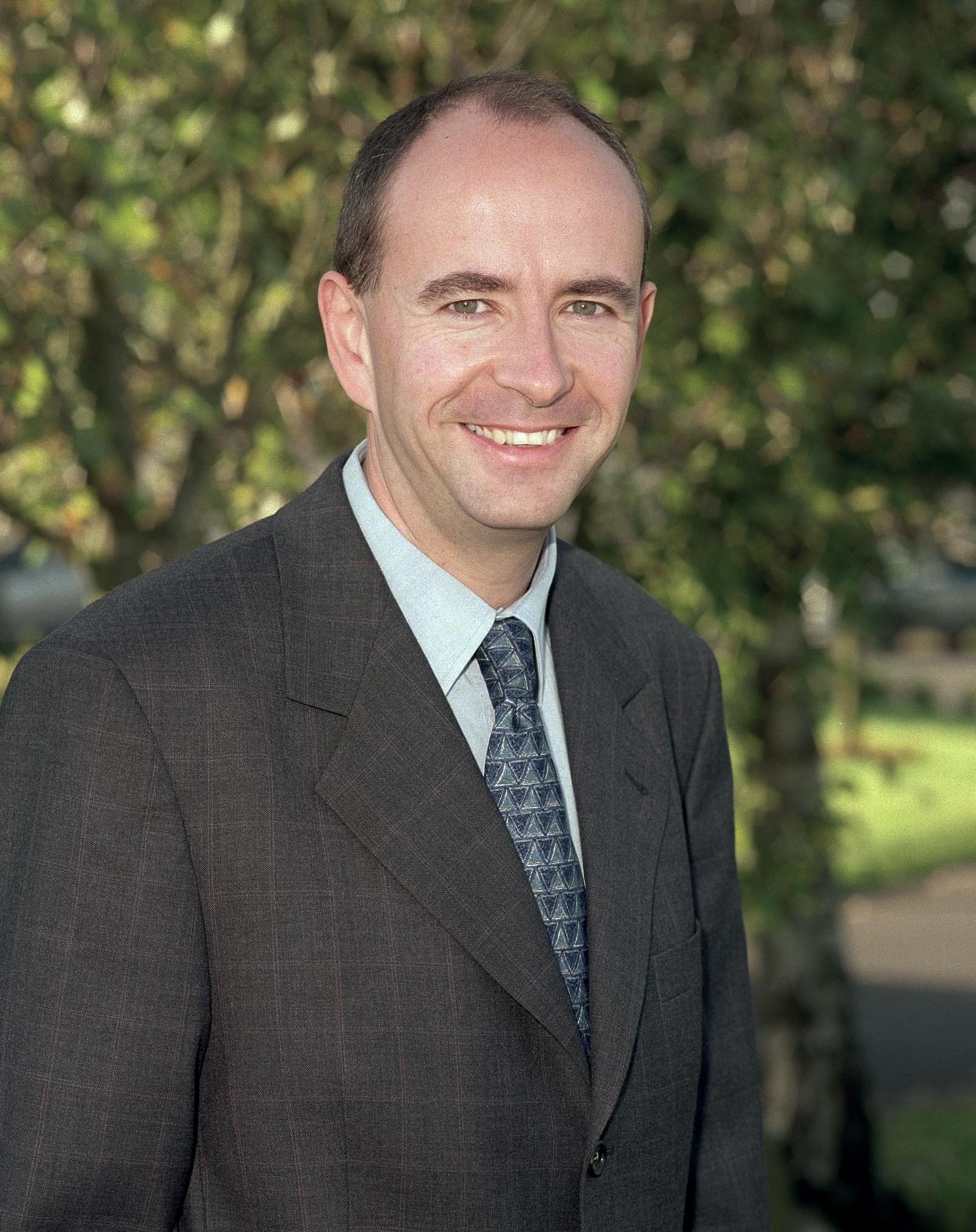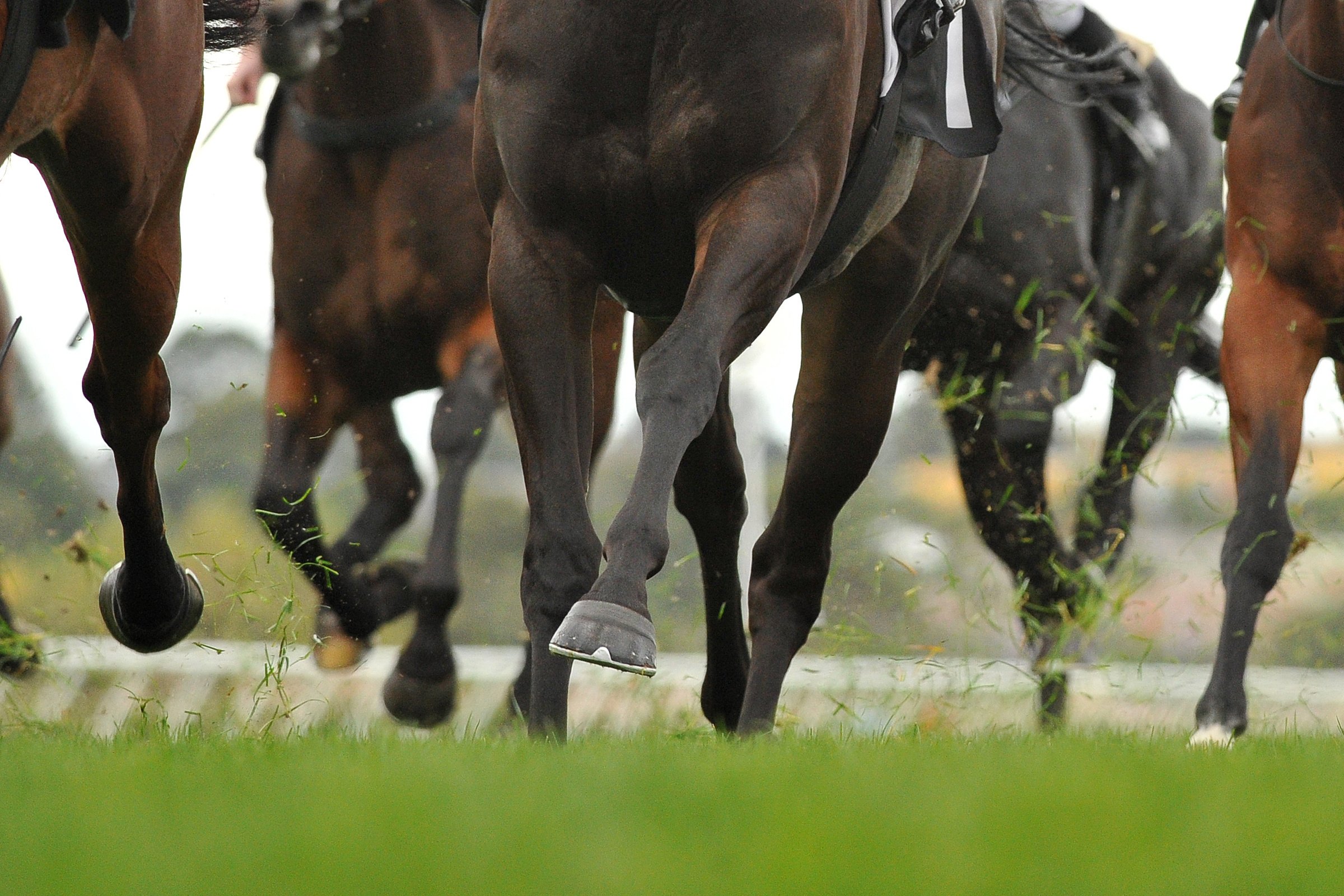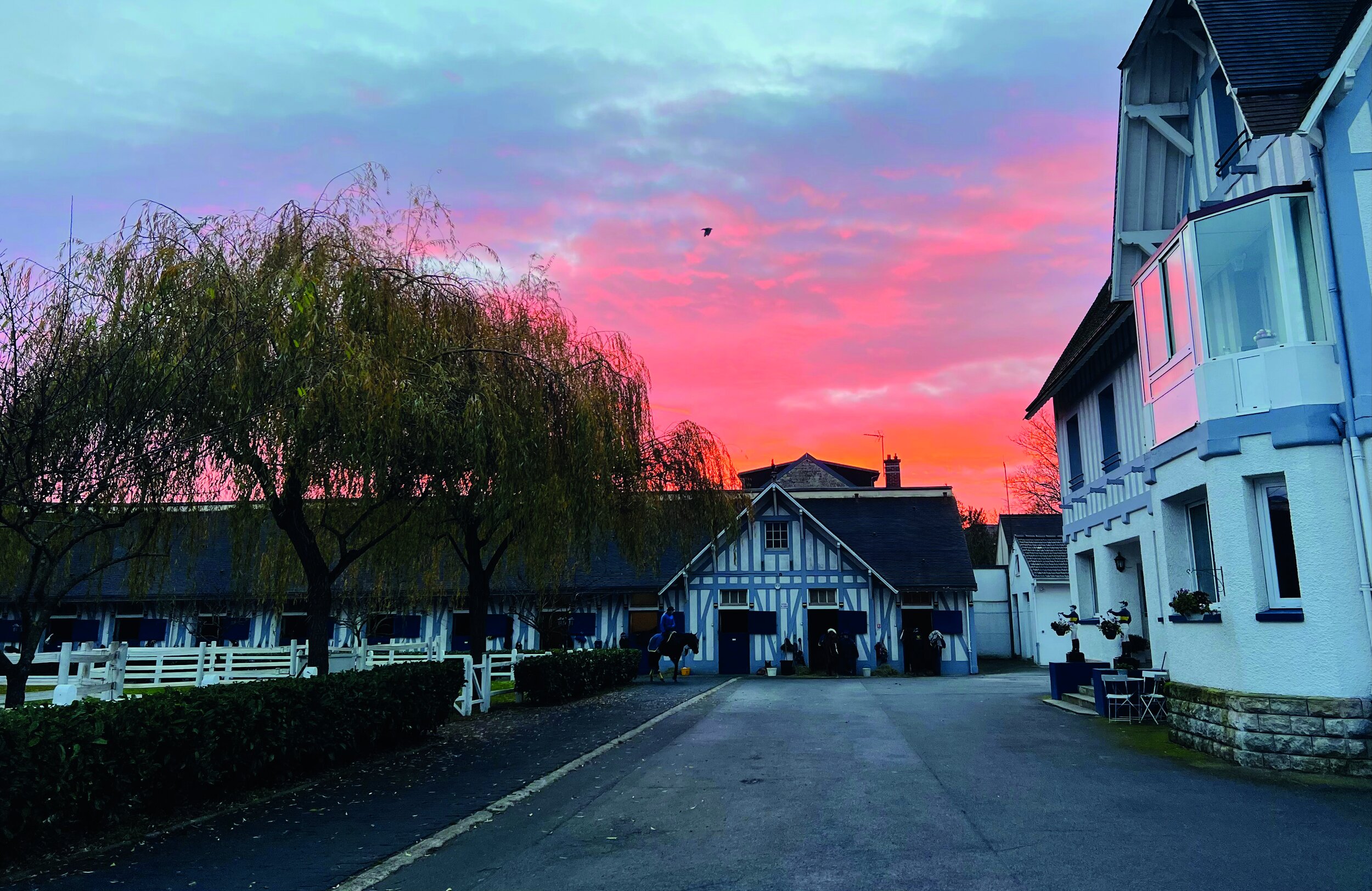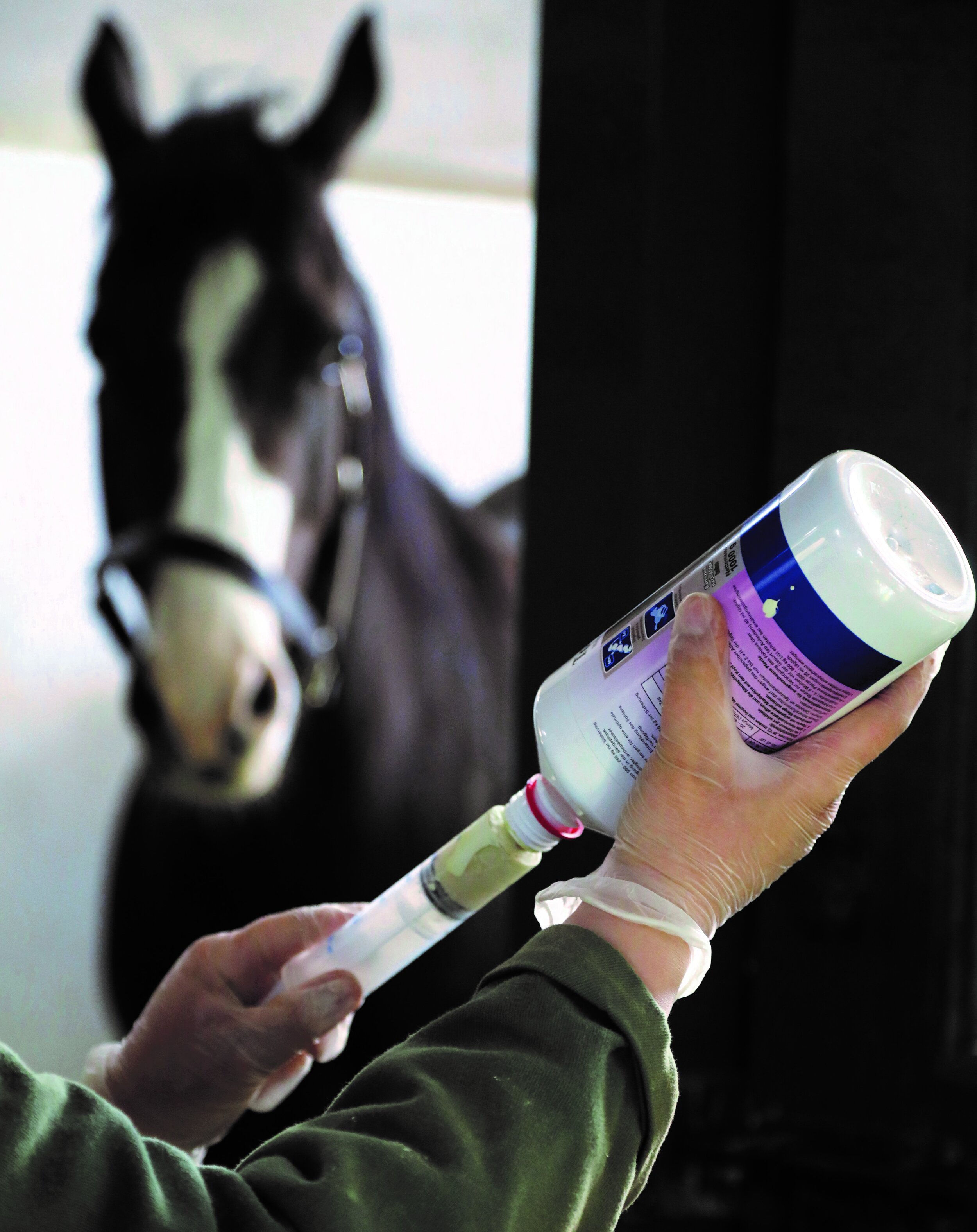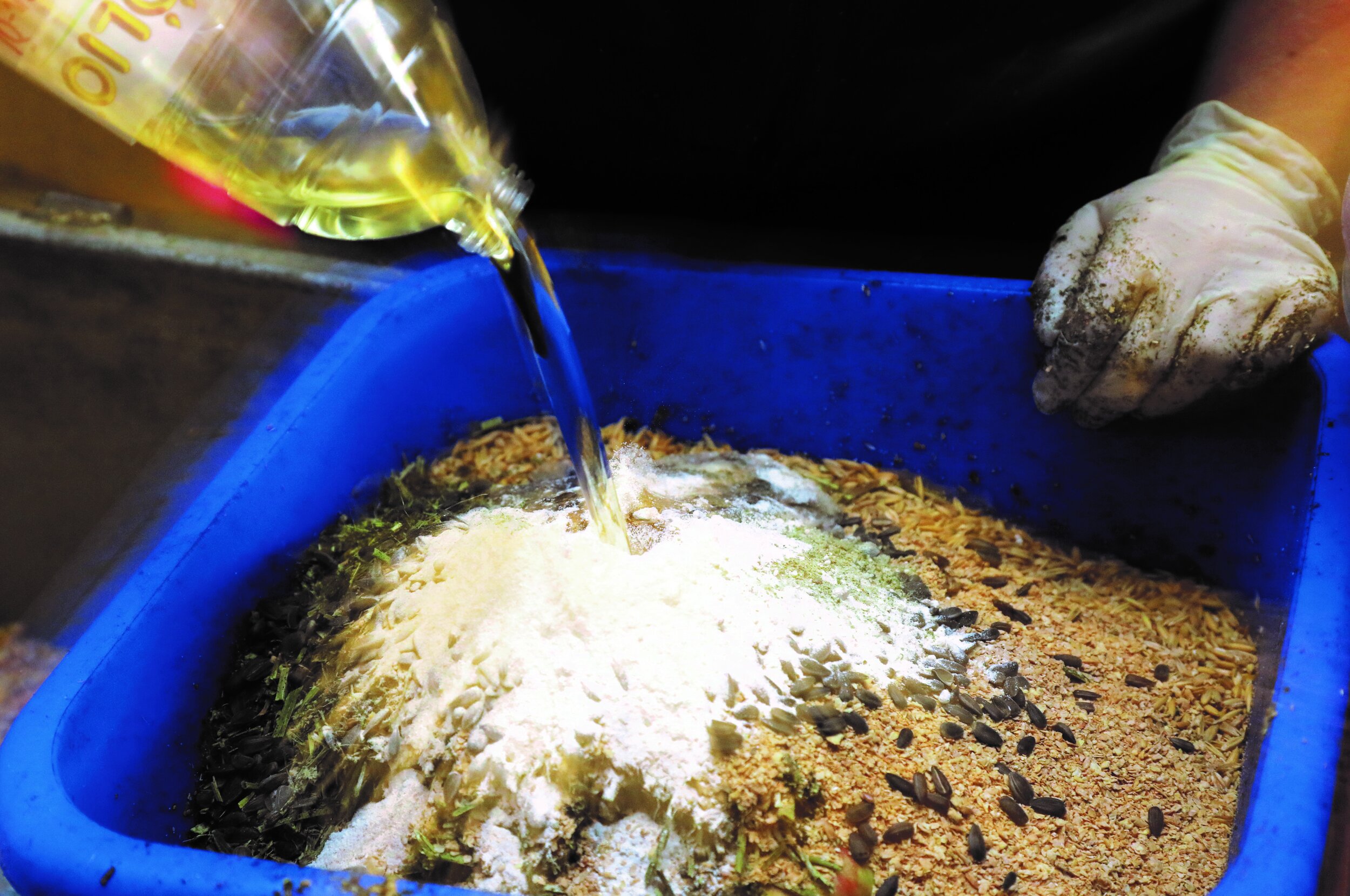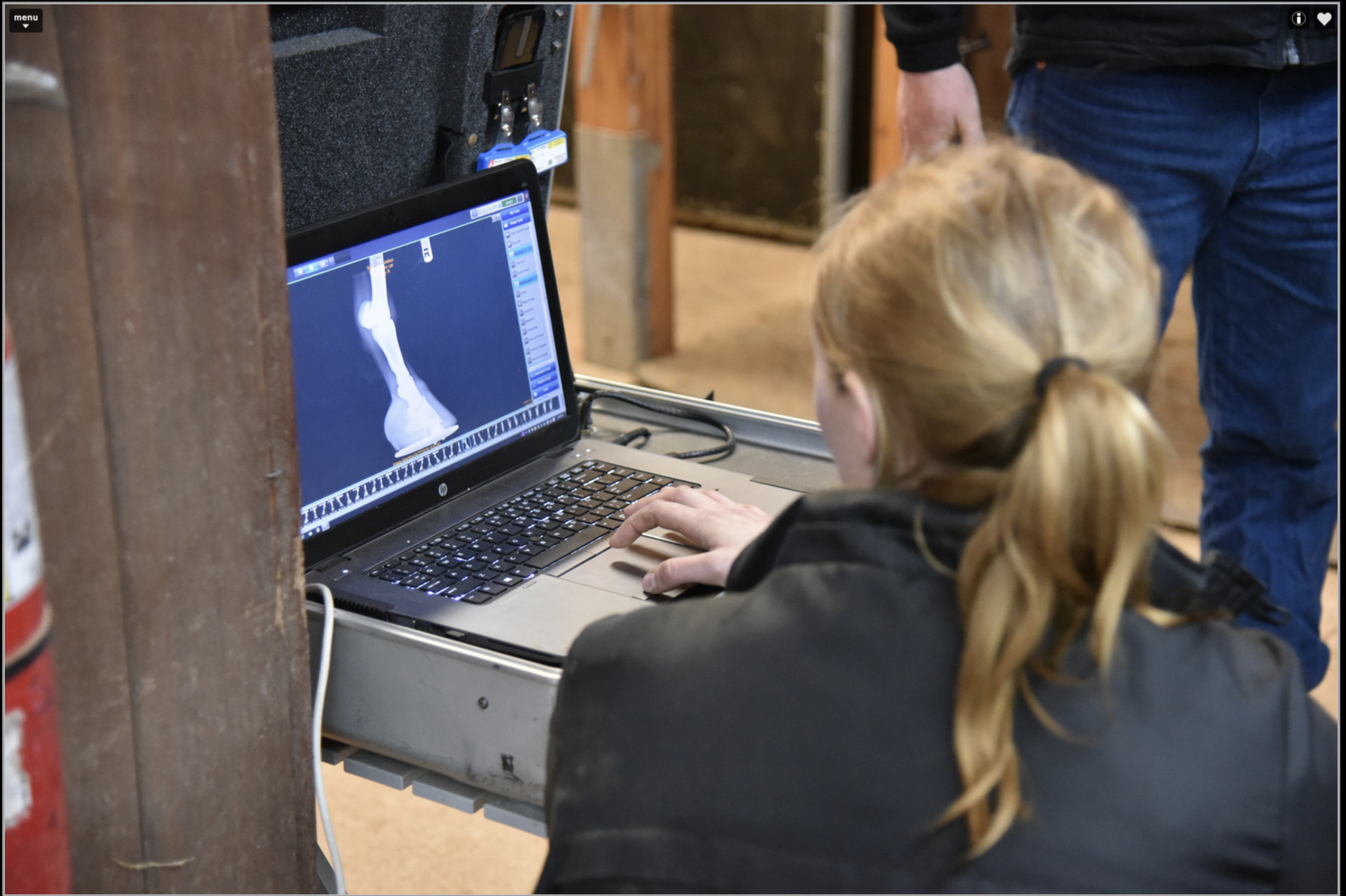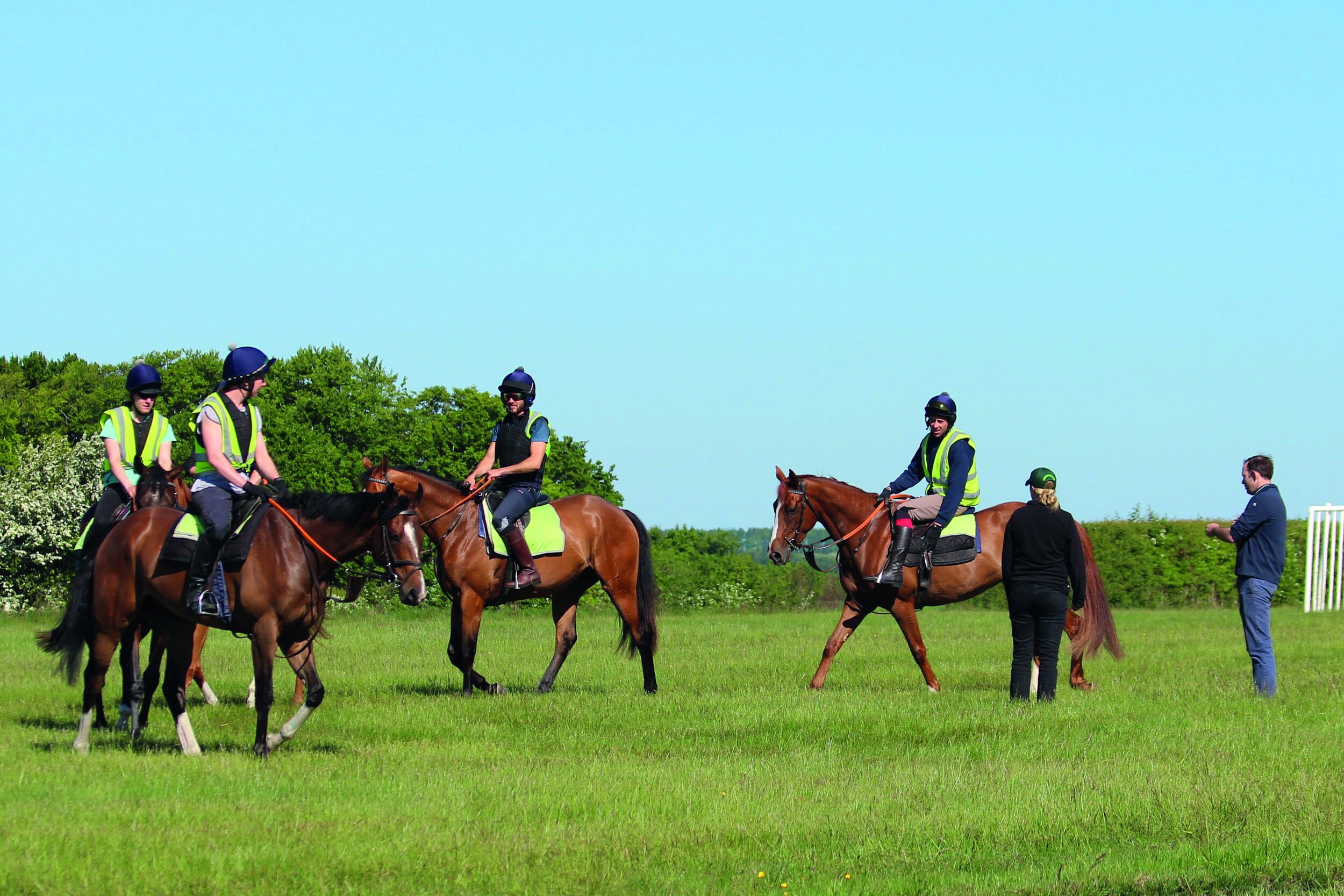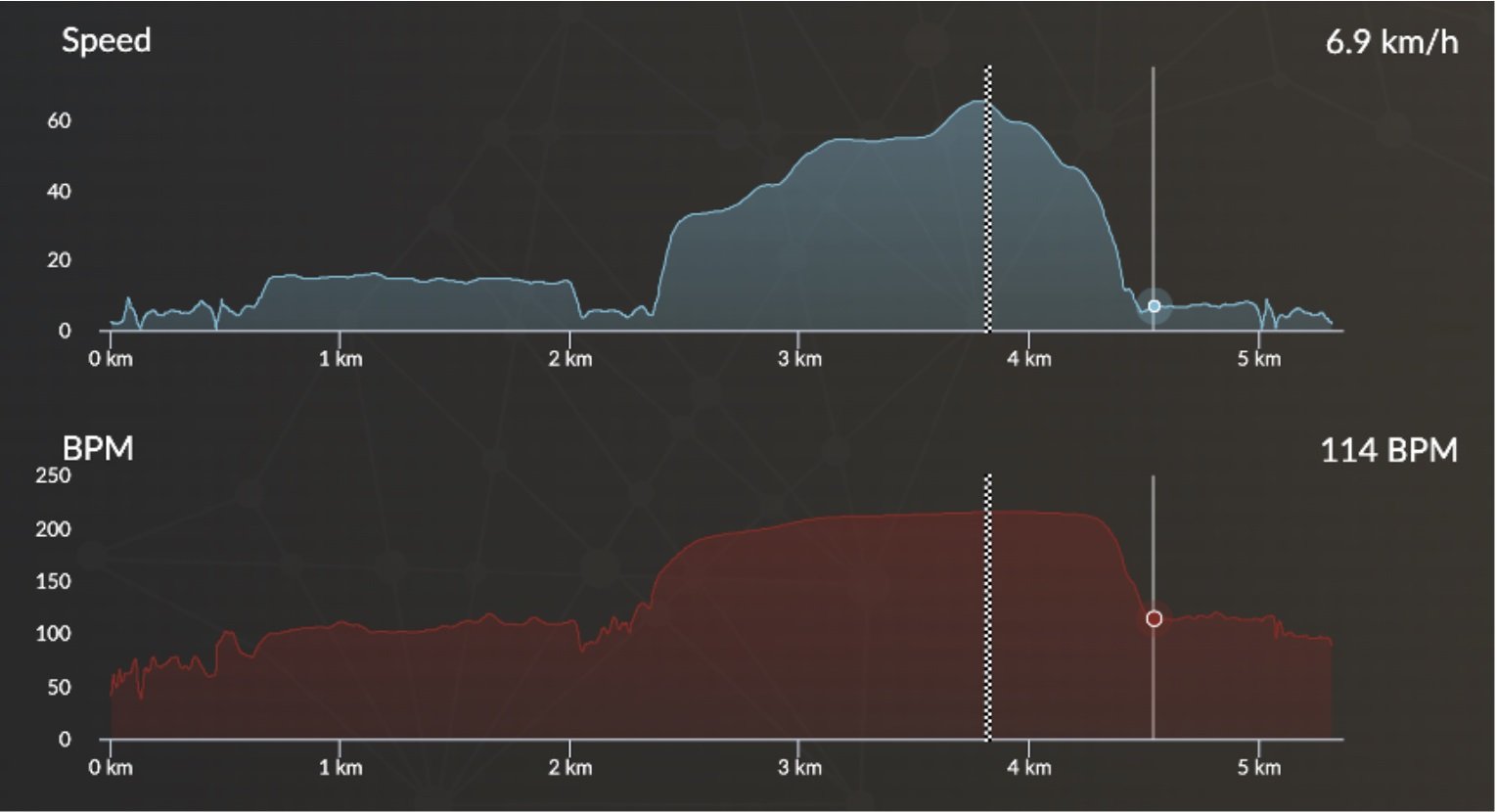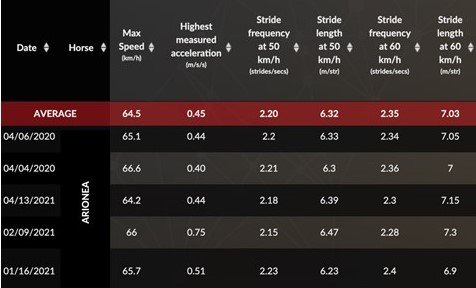Racing in the Channel Islands
/Guernsey Race Club L'Ancresse meeting 2019. (C. Martin Gray)
By Dr Paull Khan
In a golden spell of several months earlier this jumps season, the exploits of a 12-year-old handicap hurdler named Kansas City Chief and his 21-year-old 7-lb claiming amateur rider Victoria Malzard seemed to be on British television screens almost every Saturday afternoon, ensuring that racing in Jersey (where Malzard is based and the horse is sometimes trained by her mother, Alyson) received perhaps unprecedented publicity. Channel Islands racing does not normally figure high in the consciousness of racefans in Britain—still less, doubtless, in the rest of Europe.
So, what is racing like on these small islands, lying close to the French coast, enjoying a complicated relationship with the United Kingdom? (The Channel Islands—not being part of the UK—were never part of the European Union, so ‘Chexit’ was never a thing.)
There are two Channel Islands racetracks: the CoinShares Les Landes on Jersey and L’Ancresse on Guernsey. The former traditionally stages some nine fixtures annually, bookended by Easter Monday and the late-August bank holiday. It is a left-handed turf track of one mile’s circumference. The usual pattern is to kick off with a hurdle race. The temporary hurdles are then moved off the track, clearing the way for four races on the level. Last year, most races were run for a £2,800 prize fund, with the feature race of the day worth up to £4,750.
L'Ancresse is a temporary track, having to be laboriously set up and taken down each year. Like Les Landes, a turf course, it is by contrast right-handed, with a circumference of nine furlongs. In recent pre-pandemic years, the big race of the day has been the Ravencroft Channel Islands Handicap, which is over around six furlongs and billed as the richest race on either island, with a prize fund of £5,000.
L’Ancresse normally races on but a single day each year—on the early-May bank holiday. But these are not normal times. There has been no racing on Guernsey since 2019, and 2022 will be the third blank year in a row. What COVID-19 began, the island’s wildlife has conspired to continue. Trevor Gallienne, Guernsey Race Club President, picks up the story: “We’ve had an invasion of rabbits over the past two years and also massive crow damage to the grass.”
No Guernsey-based trainer survives, and so the island is perhaps unique in the world in staging a race meeting; but having no domestic horses in training—a situation Gallienne himself describes as a ‘bizarre business model’. Therefore, even when trainers based in Jersey, or in the UK or France, have been tempted to enter, the meeting remains entirely dependent on the vagaries of the weather.
“There are obviously wave restrictions on the boats bringing the horses over and, a few years ago, none of the horses were able to travel and we had to call the meeting off.” Nothing, if not resourceful, however, the Club averted complete financial disaster through persuading those booked into the hospitality marquee to attend a race night in a hotel, instead. Despite all this, there is a resolve to restart, in 2023, the tradition of racing on the island that began over 120 years ago.
A 30-kilometre hop southwest brings you to Jersey’s Les Landes, which has endured similarly turbulent times since COVID-19 struck. “2019 was a very successful year over here”, explains Bunny Roberts, Jersey Race Club President. “And then in 2020, we were hit slam-bang and we had a completely blank year, during which we were still having to pay wages and maintain the course. By 2021, we were in a dire position—the reserves were running out.”
Thankfully, the story takes a happier turn, and in 2022 the race club’s finances are healthy again, and a full and normal fixture list is planned. “We managed to pull it round. We created a very good committee, our patrons stepped up to the plate in a big way, and we are fortunate in that so much of what is done is done voluntarily by people who love the sport. Last year, despite government restrictions at each meeting, we managed to run eight of our nine meetings, albeit later than usual. We were unbelievably lucky with the weather. The crowds supported us, despite the public bar being closed. We allowed people to bring in picnics. For this year, sponsorship is buoyant, and we have eleven £5,000 races, with the minimum now up to £3,000.”
An absence of income from off-track betting or media rights means that the course’s survival depends on creative marketing, with multiple sponsorship offerings, merchandising and a golf day all critical to the financial mix. Roberts takes an upbeat view of the future for Les Landes generally and more specifically of landing the holy grail of media rights income in the future. “It will depend on field size and field quality. Last year the fields were great and the quality of horses in training on the island has improved; we have many rated between 65 and 80. I honestly believe we will get there.”
It is undeniable that, despite relatively modest prize money, there is a healthy interest amongst British-based trainers in taking horses to the islands. In the last pre-pandemic year of 2019, no fewer than nine made the voyage over to Jersey: Neil Mulholland, Phil McEntee, Eve Johnson Houghton, Michael Appleby, John O’Neill, Richard Guest, Colin Heard, Victor Dartnall and Natalie Lloyd-Beavis. Mulholland was well clear as the most successful, with 13 wins of around £30,000, at an impressive strike rate of over 50%.
In addition, four Brits: David Evans, Michael Appleby, Natalie Lloyd-Beavis and Brian Barr sent runners to Guernsey and collectively made a clean sweep on the day, with Evans picking up three of the day’s races, and Appleby the other two.
What, then, is the appeal to these trainers and their owners? “For us it started about eight years ago”, explains Mulholland. “Jim Jamouneau (of Guernsey Race Club) came to the yard one day and said, ‘Why don’t you come to Guernsey?’ We had an owner, Mike Burbage (director of Dajam Ltd), who liked a weekend away, liked the fun, and going to Guernsey for the weekend appealed to him. On our first ever trip, we finished first and second. But every single year we’ve been to the Channel Isles, we’ve had at least one winner, which has made the trip worthwhile. We’ve been Champion Trainer twice. It’s a good weekend away, we enjoy it, and it’s pretty simple really. We go either from Poole, which is the fast boat, or Southampton. We did have to miss one meeting last year because of the weather.”
What kind of horse is suited to Les Landes? “You need something that travels and is well-balanced”, answers Mulholland. The view is supported by local trainer James Moon, whose yard is far enough from Les Landes that he does not use the training track which runs inside the main track, but rather has his own gallops designed to mimic Les Landes’ unique features. “You have to have an intelligent, balanced and tough horse to win round Jersey, with its undulating surface, stiff finish, hard back stretch with a drop-down and both tight and sweeping bends. It’s great for educating horses both young and old.” Another USP is that there are no starting stalls, with all races being started by flag, making it of particular interest to trainers with recalcitrant starters.
While Brexit has not been relevant to links with Britain, it has affected travel to and from mainland Europe and, for those like the Francophile Moon, it has not been welcome. “It’s totally ruined things”, is Moon’s blunt assessment. “It’s made it massively expensive and all the unnecessary paperwork to fill out—the Coggins test, customs paperwork. We took three over to Pornichet last August. It was a real faff—I’m glad we had a winner and a place.” The hassle, however, is not sufficient to put Moon off making future forays to France. “The prize money’s much better, there’s more choice of races and we have French-breds which qualify for the premiums. They pay out down to sixth place; they look after the owners and the breeders. Since Brexit and COVID, we’ve taken the decision that our breeding stock will stay in France.”
For its part, the Channel Islands Racing and Hunt Club—the governing authority for racing on the islands—is keen to facilitate visiting connections. “We welcome them with open arms”, its honorary secretary, Jonathan Perrée points out, “and try to minimise the bureaucracy as much as possible.”
The low volume of races on the islands and modest prize money beg the question: How do Jersey-based trainers survive? Moon explains, “A lot of the yards over here have split operations, with livery in another yard. The liveries keep the yards buoyant through the winter months.”
For Moon, there is one feature of Jersey’s geography that is of distinct benefit to its trainers. “We’ve got lots of lovely flat beaches, without rocks or holes, so a lot of the trainers will use the sands.” Plans to bring beach racing back to Jersey have been put on the back burner due to COVID-19, but it would be popular with Moon.
“It would be a beautiful, perfect surface for the horses. It would probably ride a bit like Southwell. I think a lot of the trainers would be up for it. And it would be a great spectacle and would also encourage people to come up to the racecourse. It’s definitely the kind of thing they should look at.” The first ever Channel Isles races were on the beach, at St Aubin. Would there not be an elegant symmetry, were beach racing to return to the island, nearly 200 years later?
The enthusiasm and dedication of those who run Channel Islands racing cannot be questioned, and it is to be hoped that its dark days are behind us. I will make a prediction. I suspect that, over the next few years, more British trainers will discover that racing at these beautiful tracks provides all the ‘mini-vacation’ benefits for their owners without any of the Brexit-related costs and hassle. With a fair wind—and I use that term advisedly—we could see an explosion of keen international competition on the Channel Isles.

